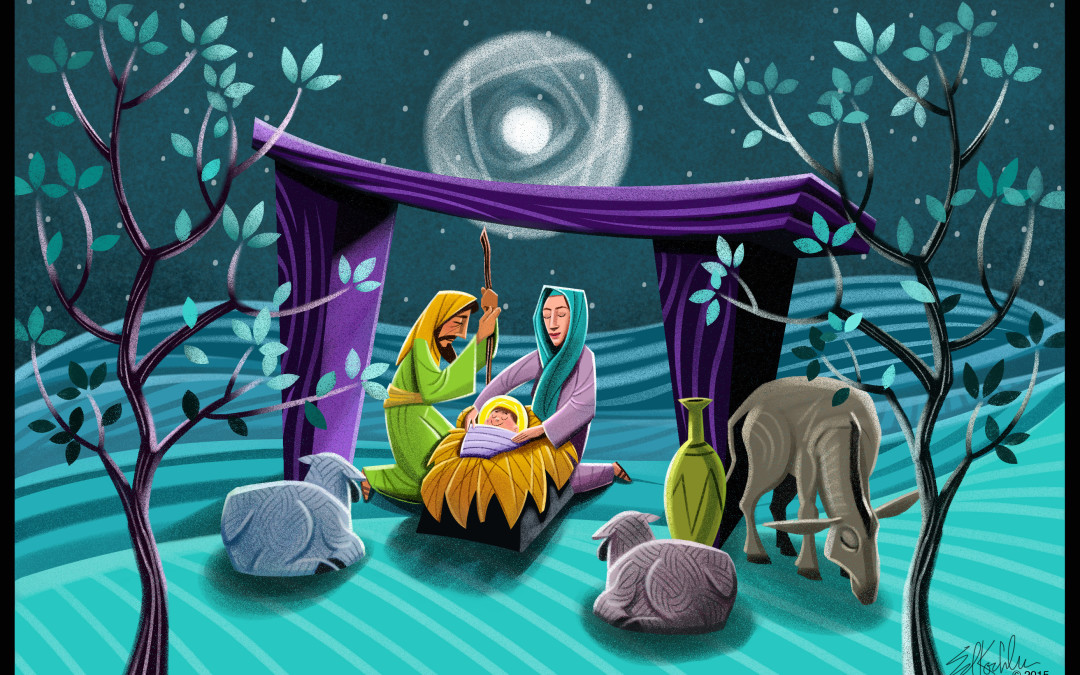I haven’t written in a while and I do apologize. All the holiday hubbub, I suppose. Here we are, just a few days from Christmas and I want to get back on a weekly schedule for the new year.
When I started Art & Whimsy in May, my purpose was to make a case for artistic whimsy and explore the serious business of humor, fancy, creativity, and ponder why people everywhere find value in these things.
Humor
Humor finds its roots in incongruity. Incongruity occurs when something is not in harmony with its surroundings or unsuitable to a situation. Wearing a pair of pink bunny slippers with a tuxedo would be incongruous. I think. Serving grilled cheese and tomato soup at a state dinner would be incongruous. I think. Depends on the cheese.
If I perused all the hundreds, maybe thousands, of cartoons I’ve drawn over the years, I would probably find all tapped into incongruity, attempting to laugh at a ridiculous disconnect in some event, experience, or idea. My cartooning goal would be to relieve tension in the midst of some strange and troubling scenario. Some might be light, like a child saying something funny, while others might go deeper, pointedly calling out rank hypocrisy or self-absorption.
Whether I was being light hearted or sarcastic, my humorous intent was to gently (or not) reorient the audience’s perspective and help them laugh at themselves a little in the process.
Longing
We can laugh off many of life’s incongruities, but we can’t laugh away the harsher disconnects we experience. Rank hypocrisy and self-absorption might be good fodder for a cartoon, but in real life they are no laughing matter.
So with all life’s disconnects. We laugh nervously, because beneath our laughter is a realization that something is wrong and we long for it to be made right. The “it” is everything we hate: illness, death, injustice, personal failure, broken relationships, crime, war, poverty, bigotry, self-absorption and rank hypocrisy. We’re part of the “it”, being both victims and purveyors. None of us are mere spectators, we all participate in “it”, regardless of nationality, ethnicity, or creed.
As I’m writing this I’m streaming a classical station. Right now I’m hearing a guitar rendition of Oh Holy Night. While unsung on this version, one of the stanzas reads “Long lay the world, in sin and error pining”. Pining for something is to miss something, or someone, and long its, or their, return.
The song says that the world lays “in sin and error”. Ideologically some people resist that diagnosis. Ideology doesn’t always comport with reality. Just like denying a doctor’s diagnosis can lead to disaster, denying that something is sick in our world simply won’t do. If the terms “sin and error” sound out of date or too religious, substitute out of whack, messed up, unjust, or whatever you like. The fact is something is wrong with our world, and with us, and if we’re honest, we wish it weren’t so.
Advent
The next stanza of Oh Holy Night reads “Till he appeared and the soul felt its worth”. An advent is an appearing. a coming. Of course the “he” is Jesus, who came to take care of the “sin and error”. That’s probably obvious to those who know the Christmas story.
What may be less understood is the line that reads “and the soul felt its worth”. Those raised on a diet of sugar laden self-esteem may not appreciate how that line addresses a deep hunger in the human heart.
As we ponder our part in “sin and error”, we may rightly fear that our participation has rendered us worthless, odious even, in the sight of God. In the biblical songs (Psalms) there are many expressions of fear that God has cast off his people because of their sin, that he has rendered the guilty worthless and irredeemable.
Yet in the Christmas story our soul feels its worth. Not because of anything we’ve done, but because God sent his son, proving the infinite value he puts on us, his creatures. This is called grace. It should cause us to fall on our knees.
If it has been some time since you’ve read the Christmas story, or if you’ve never read it, please take the time. It may read differently than you remember. You might see something you’ve missed, misconstrued, or simply have forgotten.
Whimsy
My illustration is intentionally whimsical. Not because I think the story is silly or even cute, but because I like to do fanciful art that expresses joy. This is a traditionally folksy type of treatment, with an outdoor “manger”: a frail shelter, straw filled feeding trough, and a few mild animals lolling about. That’s the gist of our creches, greeting cards, and mental images. In reality this probably isn’t very close to the actual history. An animal feeding area was actually built inside a middle eastern house and the “no vacancy” portion of that same house was likely the upper room portion of the building that was already filled. This was a common home plan in those days. Animals were brought inside the “stable” area of the home each night, and that is most likely the area where Jesus was born.
By illustrating a “traditional” (if fanciful) image, I didn’t mean to imply this is how it really looked. I only tried to convey some sense of the comfort and joy and eternal beauty that is promised by the real story. My treatment of the star has as much to do with light overcoming darkness as it does with it being a guide to the Magi. The cool colors of the landscape are in contrast with the warm glow of the blessed family, awash in the light of the Word become flesh.
Joy to the World, the Lord has come. Let earth receive her King.
Merry Christmas!


Wonderfully expressed! Merry Christmas